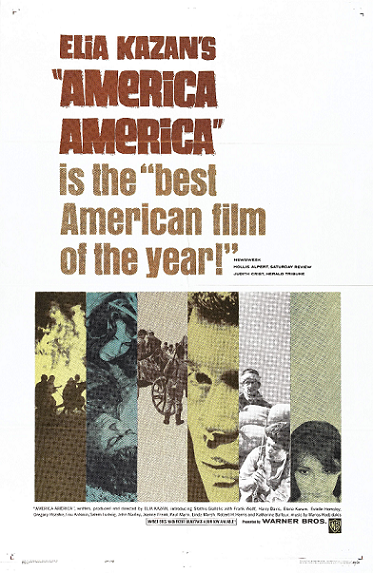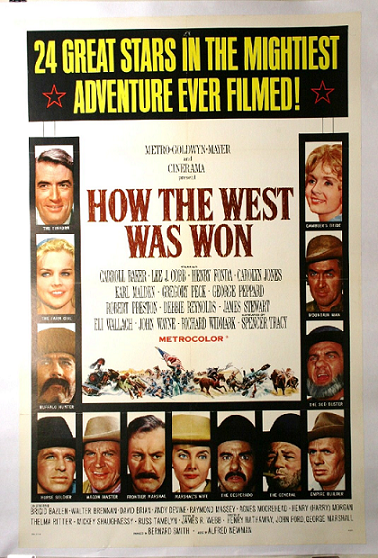
Starring: Stathis Giallelis, Linda Marsh, Paul Mann, Gregory Rozakis, Harry Davis, Lou Antonio
Director: Elia Kazan
Summary: A young Greek in Ottoman Turkey stops at nothing to secure a passage to America
Other Nominations: Director, Original Screenplay, B&W Art Direction*
Positives
-This was a very personal movie for Kazan, as he was the son of Greek immigrants from the same circumstances as the main character, who goes on an epic journey with many twists and turns in his attempt to make it America, the land of opportunity and freedom from oppression of the Turkish ruling class who are basically presented as Nazis (which is reasonable, given the Armenian genocide that happened about a decade or so after the events of the film). Thematically, it’s an interesting movie about whether is it better to be a good man who gets run-over by a cruel world, or a compromised and ruthless man who gets what he wants? Basically, a matter of soul.
-Giallelis was a Greek actor had never acted before he was casted for this role (although he had a movie come out before this one finished due to its length post-production), which fits in with the neorealism movement that was popular in Europe at the time, but was rarely seen in Hollywood. His steely gaze is perfect, and for a first time actor he’s great.
-I’m surprised it didn’t get a B&W cinematography nomination because it’s generally really good with great blocking, although there are some random Dutch angles that stick out as poor choices.
-I liked the score a lot, it felt authentic for the locale and had a consistent melancholy tone that fit well.
Negatives
-At some point, he basically gets what he wanted to begin with, but the main character still has a total drive about getting to America, which doesn’t completely work. Yes, America is seen as the land of opportunity, but if he doesn’t need an opportunity anymore, why is he still obsessed? The main reason seems to be that he resents being a subjugated person (as a Greek in Ottoman Turkey) and wants a “clean start” in a country where there isn’t a racial ruling class; the problem is that by this time in the movie, we don’t see him being affected at all by his race, it no longer impacts him. You might say it’s for his family (that he says he will bring to America), but that rarely seems like a real motivating factor for him in the movie.
-3 hours a long time for any movie, and this one definitely feels its runtime. The movie is largely episodic, and one or two of the parts could have been removed because they just keep hammering home the same point we’ve gotten already.
Overall
A very unusual movie for Hollywood for a number of reasons, but it’s a good film about a young man fighting against the odds for a chance at living in the land of opportunity even if it’s overly long and his motivations seem strained at times.
Rating: B




